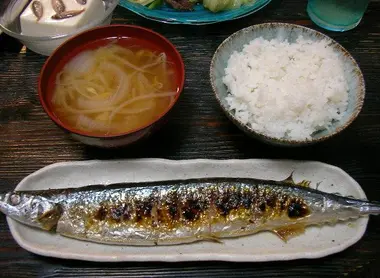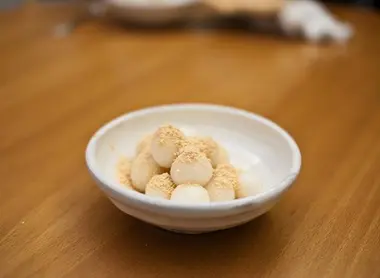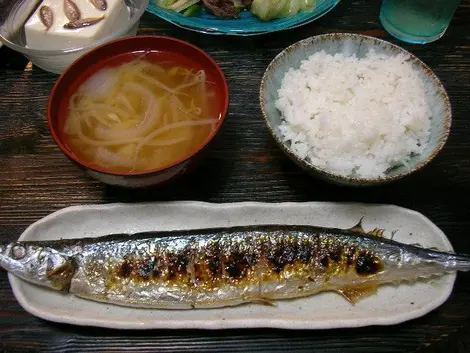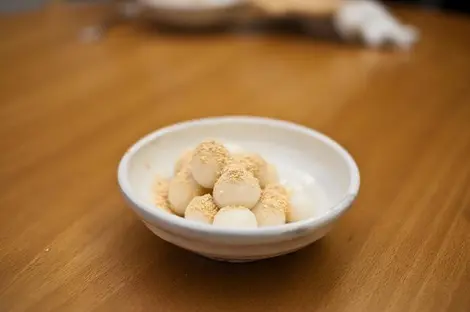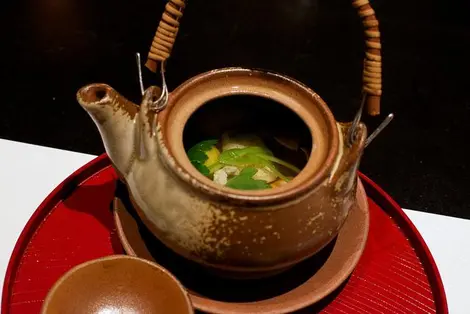Seasonal Fall Dishes in Japan 秋の味覚
- Published on : 17/09/2015
- by : K.P.
- Youtube
Seasonal Flavors
A lot of effort is put into meals to reflect the change of seasons in Japan, and Fall is no different. So when the leaves are turning red (kōyō), dishes with seasonal flavors will be on offer. Here are just a few to look out for....
The chestnut
Did you know that Japan is the land of the chestnut? Called kuri, it can be prepared in many different dishes, from pastry with syrup to cakes. In Fall it may become difficult to go to cafe or a restaurant without there being a specially created dish including chestnut, especially in Kyoto, where the variety tanna-guri is particularly sought after.
The Pacific saury
The Pacific saury, or sanma is quite an odd fish. In Japanese, its name literally means "katana fall fish". It bears this name because of its resemblance to a sword. Roasted and salted, the fish can be eaten in its entirety. It is slightly bitter, but it is this bitterness that is sought after by enthusiasts.
The tsukimi manju
In Japanese culture, fall is linked to the moon. During the Mid-Autumn Festival, also known as tsukimi, they eat tsukimi manju made from rice paste mochi. This is a sweet treat that often takes the form of a rabbit. Indeed, in several Asian traditions, instead of a man living on the moon, they see a rabbit on the moon.
The matsutake mushroom
This big mushroom is very popular in Japan. In autumn, it is included in the matsutake dobin mushi soup. Served in a teapot, the Japanese enjoy this soup in a very particular way: the soup itself is poured into a bowl, while large ingredients are eaten directly from the teapot.
The kaki
This is Japan's national fruit. Eaten in salads, desserts or even in pastries, the Japanese persimmon is sweet and less astringent than the European persimmon. The hoshigaki is a Japanese speciality: the kaki is dried to be preserved and consumed later, for example at the time of the festivals. The main producer of persimmon in the country is the prefecture of Wakayama.
